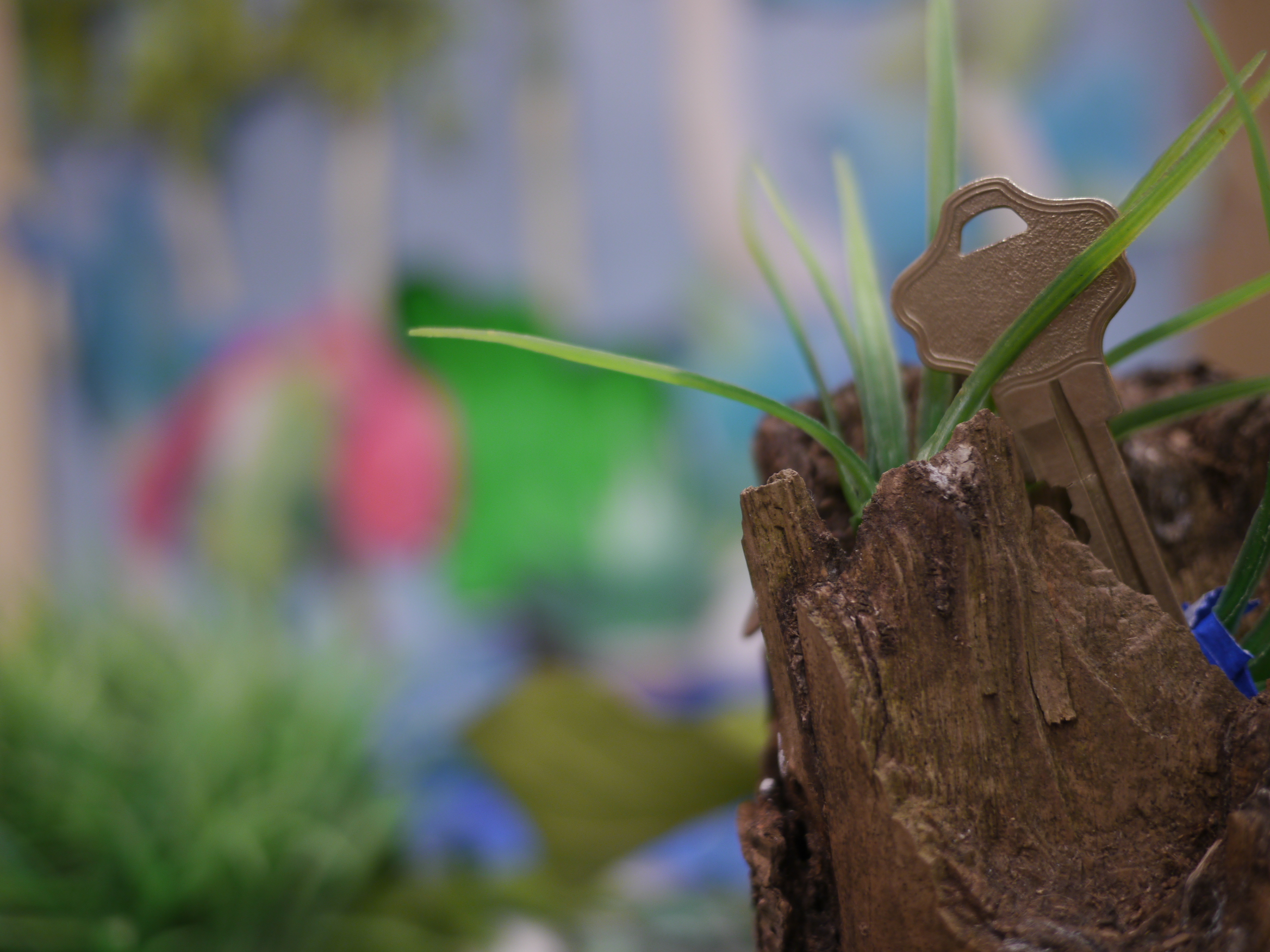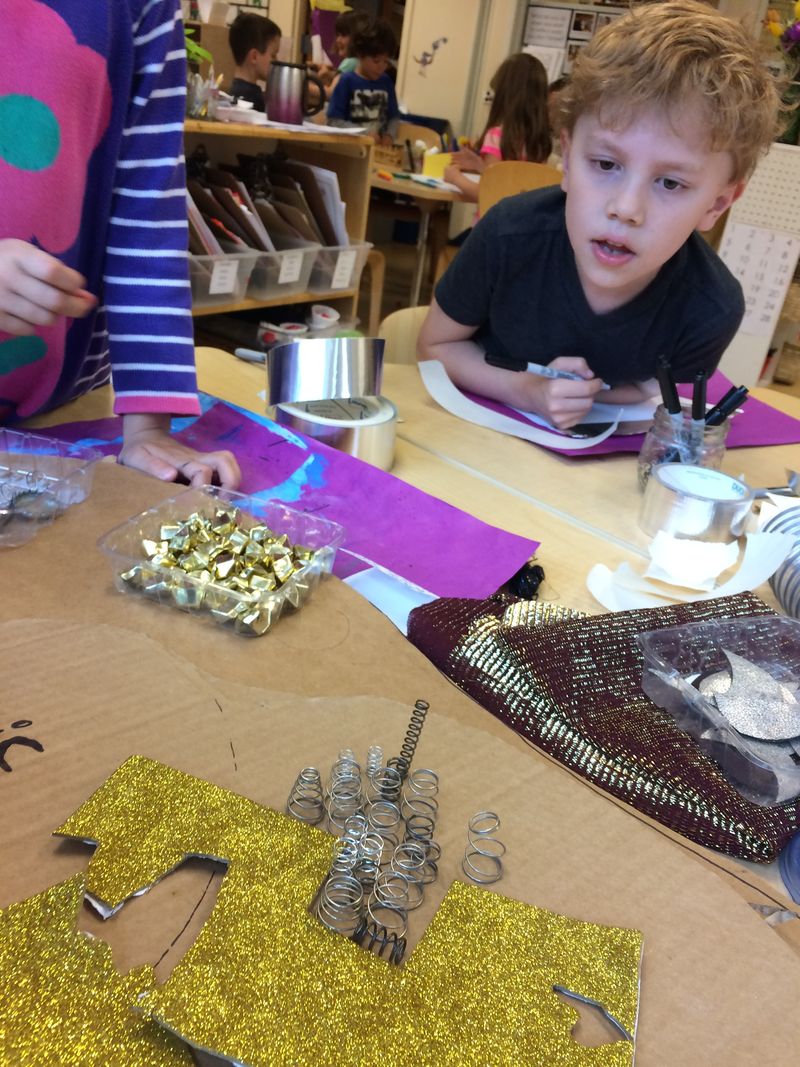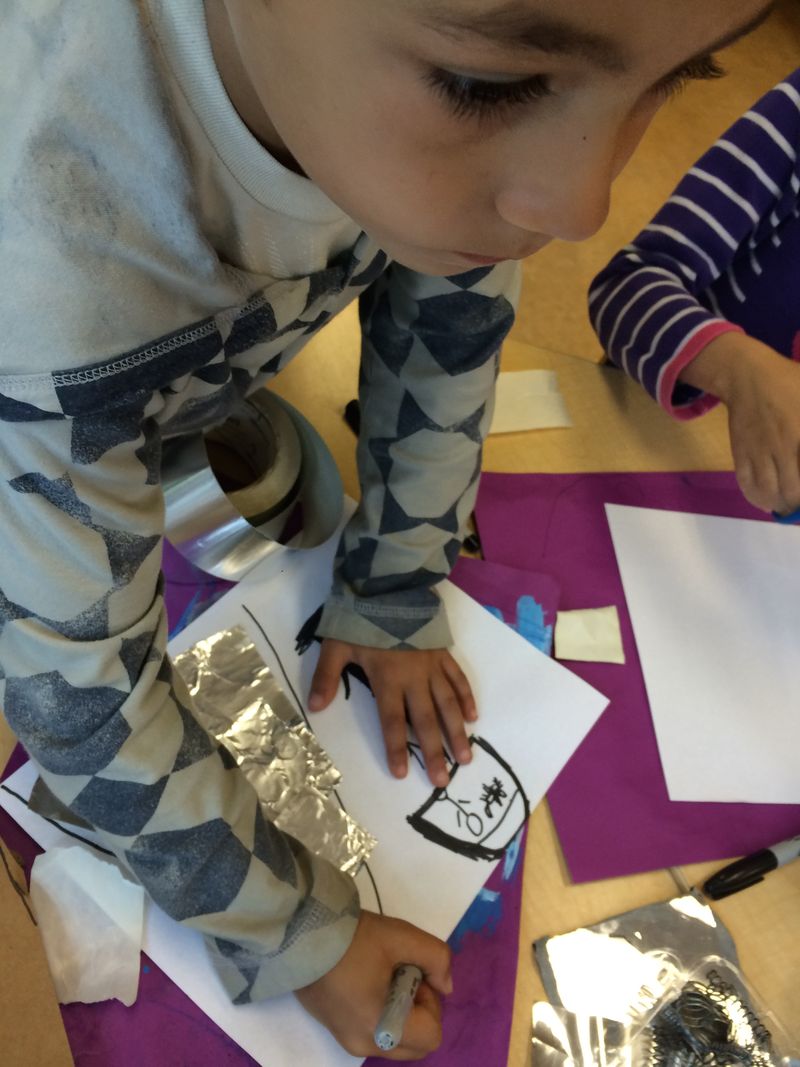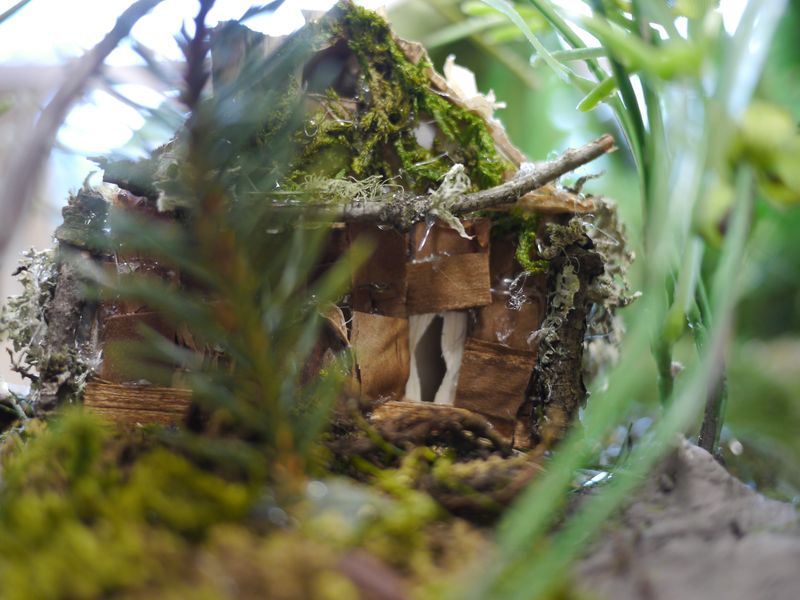Keeping it Lively

Getting ready for next month’s Symposium, I find myself re-reading Ann Pelo’s The Language of Art. She writes, “we begin to use the word ‘art’ to describe a lively process of engagement with a range of materials – an engagement that is sensual and reflective, creative and deliberate, and that deepens and extends children’s learning.” It’s the second time I’ve come across the word “lively” today, first in Lilian Katz’s recent piece distinguishing between academic and intellectual goals for young learners. At Opal School, I think we use the word “playful” in the same way Pelo and Katz use “lively.”
The power of playing with “the hundred languages” to inspire lively minds is one we are reminded of at Opal School daily. When children work with materials, they wake up stories and construct meaning. They discover relationships across ideas, perspectives, and disciplines. They build worlds.
The tools of the arts don’t only hold these possibilities for young children, of course: their power to awaken insight in adults is equally profound. As with children, that power can be surprising. Last week, we incorporated a materials experience into the institute we were leading at Lesley University in Cambridge. Because this workshop took place on the road, I didn’t know what to expect from the environments or the materials. When I arrived, the natural materials were not as abundant as what I’m used to in Portland; rather than the aesthetically rich environments of Opal School classrooms, Lesley’s rooms felt institutional and cold. I was worried about the quality of experience the participants would have.
I shouldn’t have been.
We asked participants to use the materials to access a time they felt most alive as a child. These snippets from a few reflections mirror what I heard from many:
I hate this kind of activity. I am awful remembering on demand. But I saw this shell, and I was reminded of Cape Cod – my husband grew up there – which took me back to the summers I spent on Lake Winnepesakee. Playing with these materials brought up memories that came alive…
I needed materials to jog a memory. I ordered and re-ordered the stones. They brought up memories of being at the beach with Mom. The yarn twist reminded me of being at the lake in Upper Peninsula. She was telling me I couldn’t go too far because it would pull me out. I felt like I was risking something. These memories drew together progressively, inspired by the form of the material itself.
I thought about swinging in preschool. I felt safe and free and happy. The materials broadened my concept of that. I had the image of me swinging in my mind, but when I had the needles, it looked like someone running – and that brought up a feeling of running in my yard and I could remember other instances: all outside, by myself, doing my own thing.
The materials will speak to you. You don’t need to know where you’re going first.
When conditions invite lively, playful use of materials, transformation awaits.
Added May 12:
I posted this the evening of May 11, then fell into a conversation with Opal 4 children about the topic that needed to be added.
DW: You have your thinking, then you go to the material and… it helps you think of metaphors that give you different perspectives and things to extend your thinking.
SM: Like when you turn on a hose, you have jets or mist. [Your thinking before materials] is kind of like a mist. When you go to materials, that’s when the jet turns on: It sparks ideas to help you find your main idea, which gets to your bigger and then your [bigger than] big idea.
ED: It’s like a shower – like your showered with ideas.




So good for me to go back and re-read this post! It’s as if just in 6 months, my experiences and observations have aloud me to read this from an entirely different set of eyes!